Loading and unloading conveyors, automated modular conveyors and overhead monorail cranes are used to optimize the order fulfillment process. You can also view dynamic classification systems designed to maintain a cost-effective and efficient flow of goods. The demand for fully computerized warehouses and distribution centers flexible enough to manage seasonal and promotional peaks is increasing. In addition, the material handling process involves the movement, protection, storage and control of materials.
Several industries use specially designed material handling equipment to streamline their order fulfillment or manufacturing processes, increase efficiency, eliminate fatal injuries and costly downtime, and be flexible in line with changing market demand. If you're a forklift operator, it's important to learn about OSHA's training on the use of forklifts for material handling, as you don't want to risk not complying with the regulations. An effective material handling system allows your company to have the necessary stock in smaller spaces whenever possible, reduce time spent on internal operations (such as transportation and collection), control inventory in real time, reduce operating costs and optimize the overall flow of goods in your facilities. This material handling equipment not only makes standard tasks safer, but it also ensures a high degree of manufacturing flexibility.
Dynamic storage stores materials for short periods of time, while static storage holds materials for a longer period. The automotive industry has been one of the oldest end-use materials handling equipment industries. Material handling is the movement, protection, storage and control of materials and products during manufacturing, storage, distribution, consumption and disposal. Ensuring safety in workplaces where materials are transported is also a growing need in most industries.
Thanks to continuous improvements in machine programming, sensing and robotics, progress is being made towards full automation of material handling. With an organized material handling system and specialized equipment, warehouse operators can increase productivity and efficiency, while keeping employees safe from potential accidents and streamlining the movement of goods from one stage to the next. Advances in machine learning and artificial intelligence are further driving automation in the material handling industry. Computerized order preparation aisles and sorting systems can help distribute different materials quickly and efficiently.
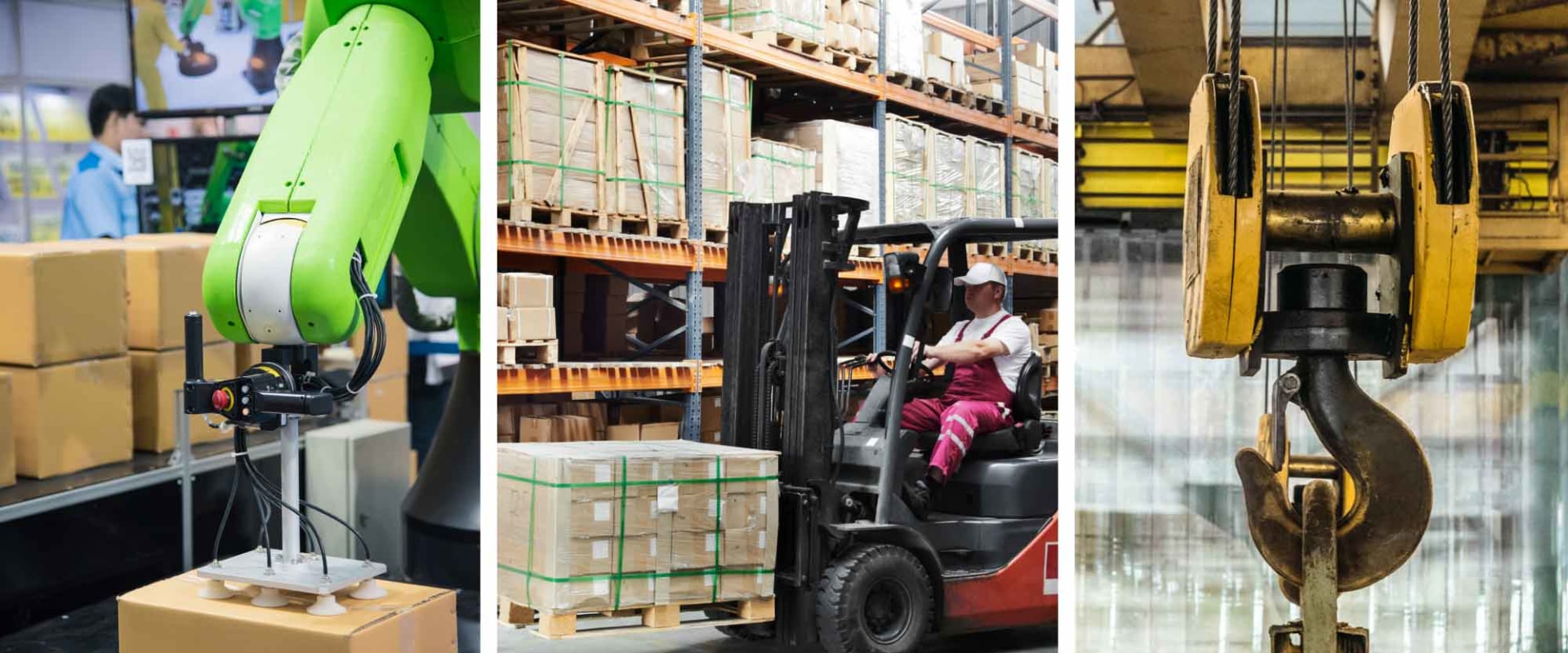
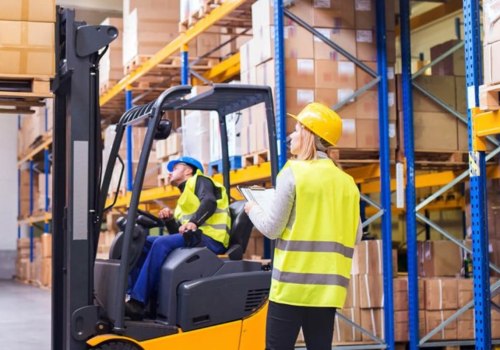
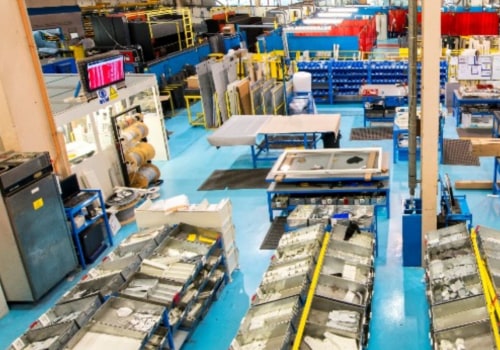
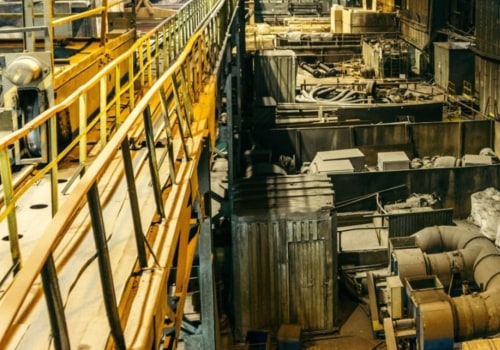
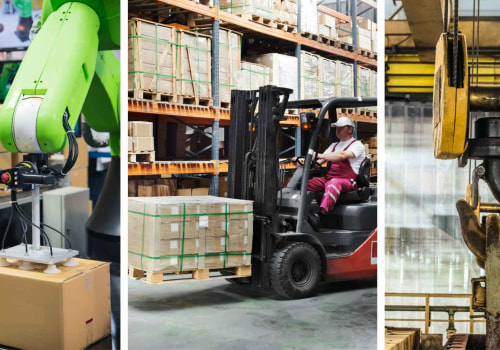
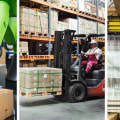
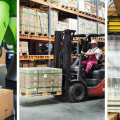
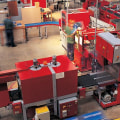
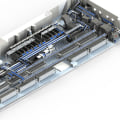
Leave a Comment